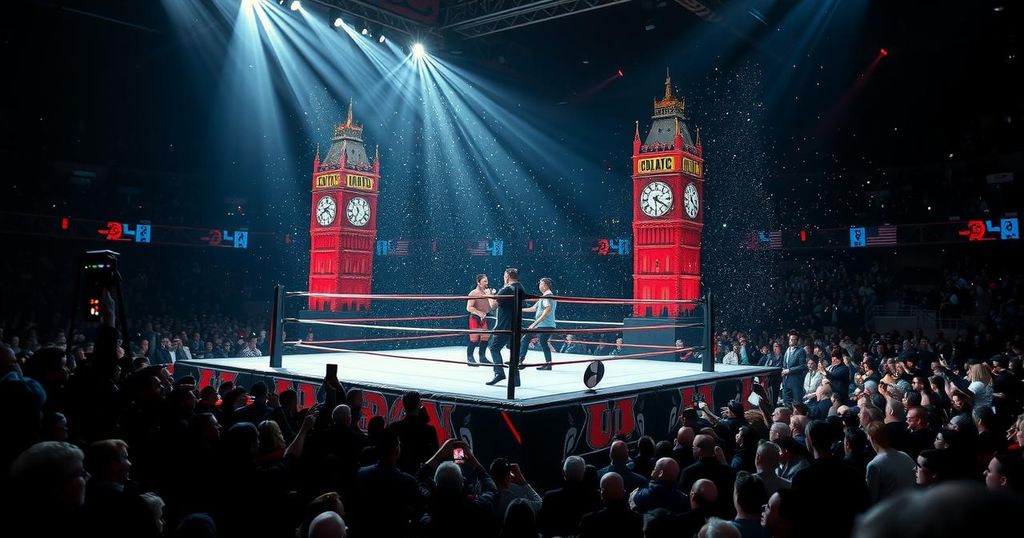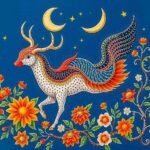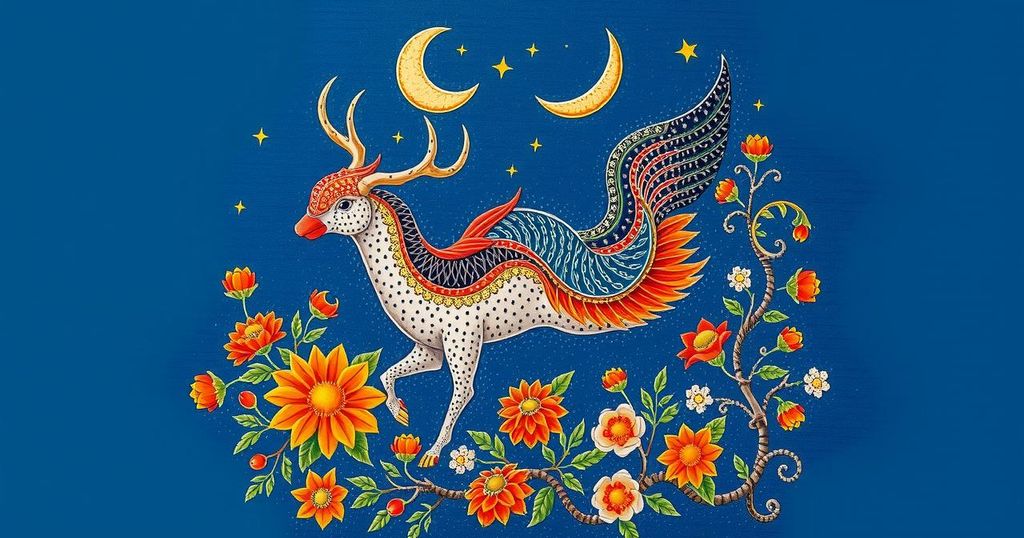– Exhibition at Aga Khan Centre highlights Persian miniatures by Farkhondeh Ahmadzadeh. – Works based on Nizami’s “Haft Paykar”, illustrating themes of love and enlightenment. – Each piece corresponds to a specific day of the week. – Exhibition runs until 1 December 2023.
The exhibition “Seven Pavilions of Love” at the Aga Khan Centre in London showcases the Persian miniature art form created by Farkhondeh Ahmadzadeh, inspired by Nizami Ganjavi’s 12th-century poem, “Haft Paykar”. The works radiate the vibrant colours and unique style significant to Persian miniatures, emphasising themes of love and enlightenment through the stories of King Bahram and his seven princess brides. Each miniature illustrates a day of the week and incorporates calligraphic verses from Nizami’s poetry. The exhibition, which curates a regal Persian atmosphere, runs until 1 December 2023.
Persian miniatures originated in the Middle Ages, notably in Iran, and expanded across key regions including the Middle East and South Asia. Known for their bright colours and distinctive lack of shadows, these artworks emerged as accompaniments to significant texts like the Quran and classical poetry. Nizami Ganjavi, a pivotal figure in Persian literature, crafted many renowned tales, particularly the “Khamsa” or “Five Treasures”. These historical narratives often explored deep themes of love and virtue. Farkhondeh Ahmadzadeh’s recent works draw from Nizami’s writings, reviving this ancient art form in a contemporary context.
The “Seven Pavilions of Love” exhibition stands as a testament to the enduring legacy of Persian miniature artworks, bridging historical narratives with modern artistry. Through Ahmadzadeh’s interpretations of Nizami’s poems, visitors encounter a rich tapestry of culture and meaning, celebrating both the beauty of the art form and its spiritual underpinnings. As the exhibition approaches its finale on 1 December 2023, it invites a reflection on love and transformation woven through centuries of Persian literary tradition.
Original Source: www.middleeasteye.net







